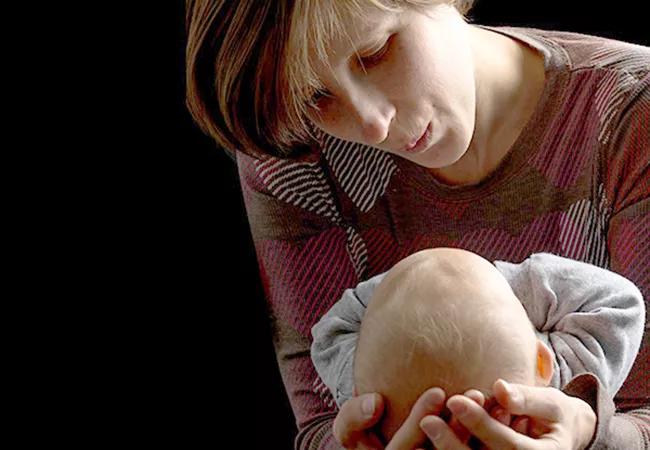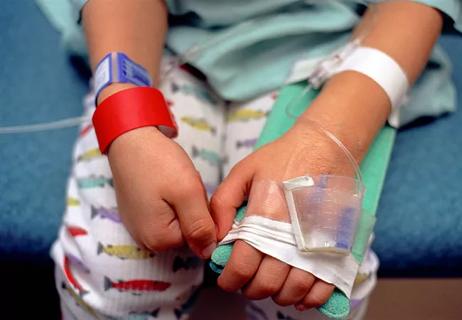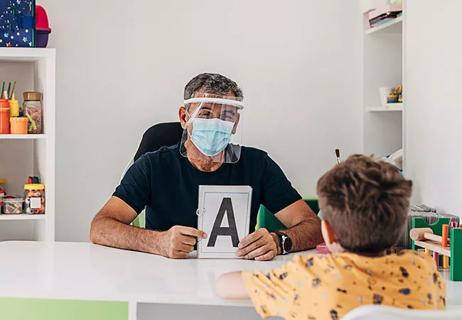Pregnant women who use painkillers fly under the radar

A steady rise in the number of babies born addicted to opioids and other prescription drugs has neonatologists up in arms.
Cleveland Clinic is a non-profit academic medical center. Advertising on our site helps support our mission. We do not endorse non-Cleveland Clinic products or services. Policy
A recent examination of babies with postnatal withdrawal syndrome — a condition known as neonatal abstinence syndrome (NAS) — in 28 states found an increase of 383 percent from 2000 to 2012, with rates increasing significantly in 25 states.
At Cleveland Clinic, the number of babies treated for withdrawal rose from 63 out of 11,000 deliveries in 2013 to 82 in 2015.
“Although some of these babies are born addicted to heroin or other street drugs, about one-third are born to middle-class women who have become silently addicted to prescription medications for issues such as chronic back pain and depression,” says Sabine Iben, MD, Neonatal Director of the Fetal Care Center at Cleveland Clinic Children’s.
NAS can be devastating to families who don’t perceive themselves as drug users. It also places a large burden on the healthcare system. Ohio has responded by issuing guidelines to standardize the treatment of NAS babies and mothers. Hospitals that follow these guidelines cut the average length of NICU stay to three weeks from four to six weeks.
NAS babies exhibit a constellation of symptoms that may include small gestation age, colic, irritability, tremors, sneezing, poor sleep, diarrhea, increased muscle tone, excessive crying, feeding difficulties and temperature fluctuations. There is some evidence they may develop learning disabilities later on. Withdrawal from opioids can cause seizures.
These symptoms rarely appear immediately. Rather, they become apparent 24 to 48 hours after birth. In some cases, the mother and baby have already been discharged home. This leaves the diagnosis of NAS up to the pediatrician.
“We recommend pediatricians be aware of babies exhibiting signs of withdrawal in the first seven days of life even if the family seems intact and has no history of drug use. Suspected NAS should prompt a referral to the NICU, where we employ the Modified Finnegan Scoring System to quantify symptoms,” says Dr. Iben.
At Cleveland Clinic Children’s, an innovative protocol helps many infants and their families through the withdrawal process without medication. Interventions include:
If these interventions don’t work, or the baby has a Modified Finnegan Score of 9 or higher, morphine is introduced, then slowly and gently withdrawn.
The increase in NAS is due in part to an epidemic of indiscriminant prescriptions for opioids. A study of pregnant Medicaid recipients in Tennessee found that 28 percent had received at least one opioid prescription during pregnancy.
Unless women have a history of street drug use, they are not automatically tested for drugs. Perhaps they should be. “Cincinnati Children’s does urine drug testing on all newborns and has found that 20 percent of mothers would not raise red flag using screening questions alone,” says Dr. Iben. “It is vitally important to have a heightened awareness of the issue and test patients who are, or may become, pregnant for drug use. If someone admits to using opioids for any reason, they should be made aware of the risks.”
The Ohio Medical Board recently sent physicians information about alternative treatments for chronic pain in hopes of reducing the number of opioid prescriptions.
“We all need to be aware of this growing problem and work together to help mothers before their babies are born with NAS,” says Dr. Iben.

Cleveland Clinic physicians offer their insights

Increasing support for breastfeeding patients

Program has facilitated nearly 300 consults across 25 departments in less than a year

Though completely preventable, lead poisoning remains a public health threat

Differences in infection rates, management, outcomes and transmission

Helps patients visualize proper tongue placement

On the need for coordinated care